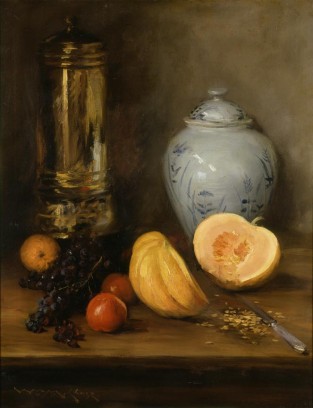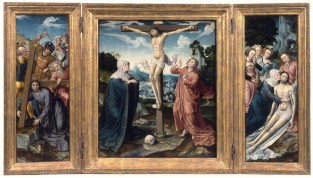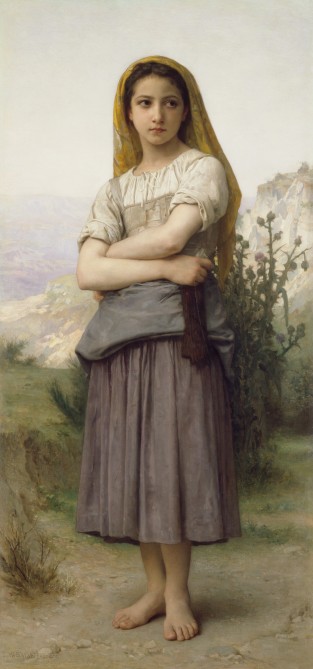At the peak of his career and in the decades after his death, George Inness was considered to be the United States’ greatest landscape painter and was celebrated for his ability to capture both the mood and the physical landmarks of a location.
Inness painted Clearing Up shortly after he and his family moved from New York City to the small rural community of Medfield, Massachusetts. The painting, an intimate view of the picturesque countryside, records the artist’s personal response to nature. A winding river connects the grassy foreground with the background village dominated by a white church steeple while people along the river’s edge fish under the rolling clouds that reveal a blue sky just after a rain storm.
This peaceful mingling of man and nature was what Inness called the “civilized landscape.” The artist, quoted in Harper’s New Monthly Magazine in 1878, explained his philosophy about art and revealed his emotional response to nature:
A work of art does not appeal to the intellect. It does not appeal to the moral sense. Its aim is not to instruct, not to edify, but to awaken emotion… Details in the picture must be elaborated only enough fully to reproduce the impression that the artist wishes to reproduce. When more that this is done, the impression is weakened or lost, and we see simply an array of external things which may be very cleverly painted, and may look very real, but which do not make an artistic painting.





